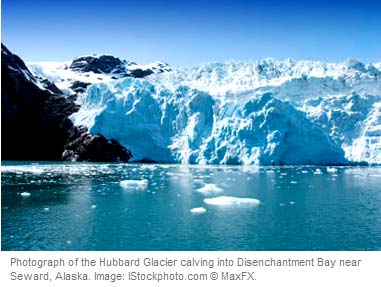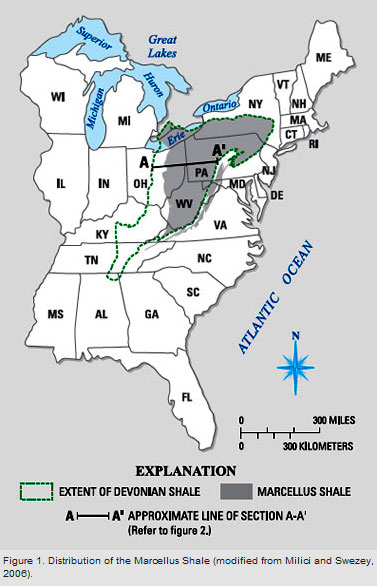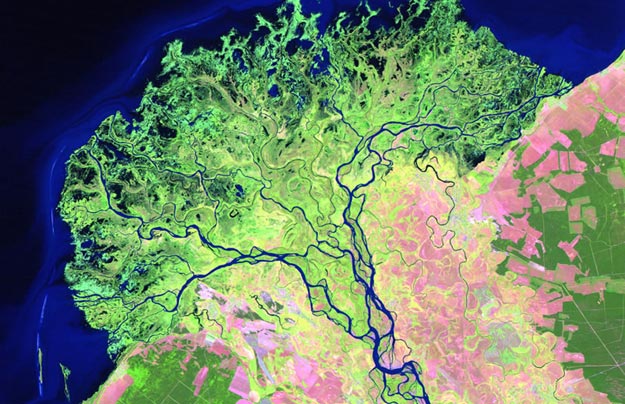The best way to determine if a substance is a “mineral” is to compare its properties to the definition of the word “mineral”.
What is a Mineral?
The word “mineral” is used by geologists for a group of naturally occurring crystalline substances. Gold, pyrite, quartz, calcite and fluorite are all examples of “minerals”.
To be a mineral a substance must meet five requirements:
- naturally occurring (not made by humans)
- inorganic (not produced by an organism)
- solid
- a limited range of chemical compositions
- ordered atomic structure Read more












